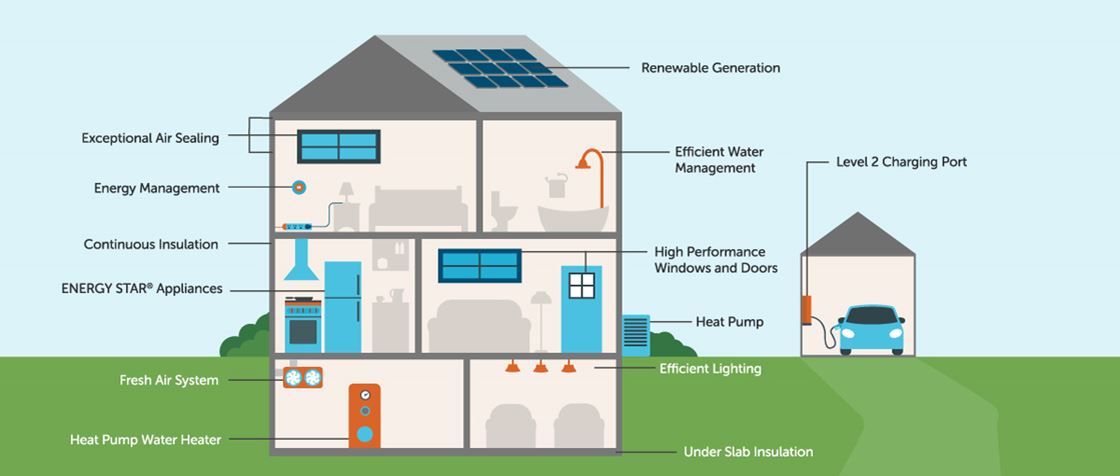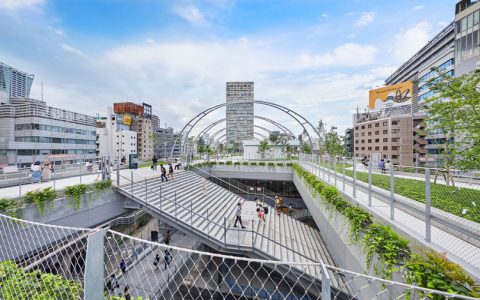Maximizing energy efficiency in powered houses reduces costs and environmental impact while enhancing comfort. Implement these focused strategies for optimal results.
Smart Behavioral Adjustments
Develop energy-conscious routines:
- Thermostat discipline: Program setbacks (7-10°F/4-6°C) for sleeping/absent hours
- Appliance timing: Shift laundry, dishwashing to off-peak hours
- Power-down protocol: Utilize advanced power strips to eliminate phantom loads
Passive Efficiency Upgrades
Seal and insulate strategically:

- Air sealing: Caulk/weatherstrip around windows, doors, and penetrations
- Attic insulation: Maintain R-38 to R-60 ratings (check regional recommendations)
- Window management: Close blinds during summer days; open during winter days
Technology Integration
Implement intelligent systems:
- Smart thermostat: Install units with occupancy sensing and adaptive recovery
- Lighting automation: Utilize motion sensors and daylight harvesting controls
- HVAC maintenance: Clean filters monthly; schedule annual professional servicing
Load Management Tactics
Prioritize high-impact appliances:
- Water heating: Lower thermostat to 120°F (49°C); insulate pipes and tank
- Refrigeration: Maintain coils clean; ensure door seals are airtight
- Clothes drying: Use moisture sensors instead of timed cycles; clean lint traps
Renewable Synergy
Supplement wisely:
- Strategic solar: Orient appliances to coincide with solar production periods
- Peak shaving: Schedule battery storage discharge during high-rate periods
Consistent implementation of these measures typically yields 20-30% energy reduction without compromising functionality. Regularly monitor utility data to verify performance and identify improvement opportunities.






